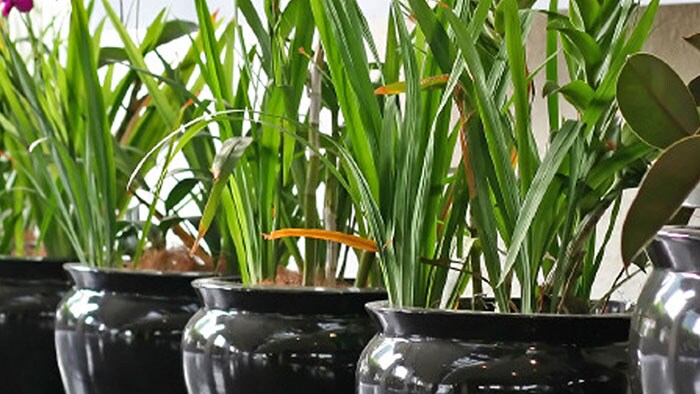Eating to breathe better
Decongestants and antihistamines are popular treatments for stuffy noses Seasonal allergy flare-ups can upset the normal routine of cells located in the clear covering of the eyes, nasal passages,
“When they’re upset, those cells release histamine, which causes stuffiness along with other allergy symptoms like itching, watering or tearing of the eyes,” he said. Antihistamine medicines reduce the histamine reaction and can help open nasal passages, but compounds in foods called flavonoids also have been found to have antihistamine properties.
Colorful produce
The flavonoid quercetin, found in citrus fruits, apples, sweet potatoes, broccoli and red onions, works to block some of the body’s natural histamine response to allergy triggers. Foods that are dark purple or red also can help relieve congestion, D’Adamo said. Not only are they packed with anthocyanins—components that give the foods colorful hues—they have natural anti-inflammatory properties, too.
Sip on this
Green tea also has a well-deserved reputation as an allergy-fighter. “The polyphenols in green tea tend to stabilize cells in the body responsible for the release of histamine. Green tea also contains theanine, an amino acid that has been shown to block histamine release,” D’Adamo noted.
Anti-allergy salad
Set the table for a good night’s sleep by serving a stuffy-nose-busting salad at dinner. Start with dark, leafy greens: Because they’re high in carotenoids, leafy greens can significantly lower inflammation in nasal passages. For a punch of flavor with anti-inflammatory benefits, toss the leafy greens with one to two teaspoons of miso dressing. A study conducted by the Japanese Department of Public Health found one teaspoon of miso daily can lower the prevalence of nasal symptoms by about 41 percent. Add some crunch by topping with 1 tablespoon of flax seeds. They’re packed with omega-3 fatty acids, which, similar to the carotenoid finding, has been linked to a reduction in allergic rhinitis.



